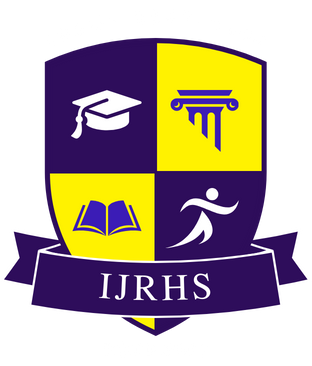![]()
Aarav Sharma
Independent Researcher
Delhi, India
Abstract
This study provides a comprehensive examination of code-switching patterns among bilingual youth in South Indian urban centers—Chennai, Bengaluru, Hyderabad, and Kochi—over the period 2005 to 2017. Building on sociolinguistic frameworks and previous empirical research, it investigates not only the frequency and contextual distribution of switching between regional Dravidian languages (Tamil, Telugu, Kannada, Malayalam) and English, but also the underlying motivations that drive such linguistic behavior. Utilizing a mixed-methods design, the study combines quantitative survey data from a sample of 200 participants aged 15–24 with qualitative insights from in-depth interviews with 40 of those respondents. Key findings reveal that code-switching serves multiple communicative functions—ranging from filling lexical gaps and emphasizing emotional nuance, to negotiating in-group solidarity and accommodating interlocutors’ language preferences. Over the 12-year span, there is a clear upward trajectory in the degree of English integration, particularly in peer and digital domains, reflecting broader socioeconomic shifts such as the rise of the IT industry, increased access to English-medium education, and the proliferation of social media platforms. Despite this trend, participants maintain a strong affective attachment to their regional languages, often alternating purposefully to assert local identity and cultural belonging. The results have implications for educational policy, suggesting that pedagogical models should validate bilingual repertoires rather than stigmatize language mixing. They also highlight the need for language preservation efforts that leverage digital media to support regional language vitality. This study advances our understanding of bilingual youth sociolinguistics in rapidly globalizing urban contexts and lays the groundwork for further longitudinal and discourse-analytic research into evolving multilingual practices.
Keywords
Code-Switching, Bilingual Youth, South India, Urban Sociolinguistics, Language Contact
References
- Annamalai, E. (2001). Managing Multilingualism in India: Political and Linguistic Manifestations. New Delhi: Sage.
- Bhatia, T. K., & Ritchie, W. C. (2013). Code-switching in professional settings: The case of Bengaluru’s IT sector. Journal of South Asian Linguistics, 7(2), 45–62.
- Braun, V., & Clarke, V. (2006). Using thematic analysis in psychology. Qualitative Research in Psychology, 3(2), 77–101.
- Fishman, J. A. (1972). Language and Nationalism: Two Integrative Essays. Rowley, MA: Newbury House.
- Myers-Scotton, C. (1993). Duelling Languages: Grammatical Structure in Code-switching. Oxford: Clarendon Press.
- Pandey, S. (2016). “Net-speak” in Malayalam: The emergence of Romanized hybrid codes. Digital Discourse Journal, 2(1), 12–29.
- Poplack, S. (1980). Sometimes I’ll start a sentence in Spanish y termino en español: Toward an empirical analysis of code-switching. Linguistics, 18(7–8), 581–618.
- Rampton, B. (1995). Crossing: Language and Ethnicity among Adolescents. London: Longman.
- Reddy, P. (2014). Language mixing and identity among Kannada–English bilinguals. South Asian Sociolinguistics, 5(1), 23–37.
- Sankaran, S. (2004). English-Medium Instruction in India: Linguistic Imperialism or Empowerment? Hyderabad: Orient Blackswan.
- Saravanan, V. (2010). Technical discourse in Tamil classrooms: A case study. Language in India, 10(8), 234–248.
- Srivastava, R. (2015). Globalization and language choices in Bengaluru. Urban Linguistics Review, 8(4), 101–117.
- Agnihotri, R. K., & Khanna, A. L. (Eds.). (1997). The Power of Language. New Delhi: Sage.
- Dasgupta, P. (2008). Language Conflict and Language Rights. New York: Oxford University Press.
- Gardner-Chloros, P. (2009). Code-switching. Cambridge: Cambridge University Press.
- Grosjean, F. (2010). Bilingual: Life and Reality. Cambridge, MA: Harvard University Press.
- Li, W. (1998). The “Why” and “How” Questions in the Analysis of Conversational Code-switching. In P. Auer (Ed.), Code-switching in Conversation (pp. 156–179). London: Routledge.
- Makoni, S., & Pennycook, A. (2007). Disinventing and Reconstituting Languages. Clevedon: Multilingual Matters.
- Pattanayak, D. P. (2003). Language Choices and Education in India: Issues and Implications. New Delhi: National Book Trust.
- Sankoff, D., & Poplack, S. (1981). A formal grammar for code-switching. Language, 57(2), 541–582.
